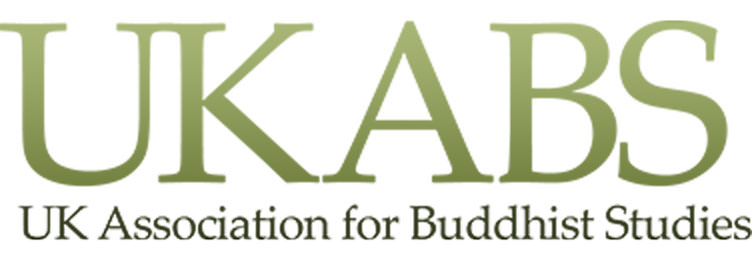University of Edinburgh; Cardiff University
AHRC Funded Project, 2013-2015
The Story of Story in Early South Asia: Character and Genre across Hindu, Buddhist and Jain Narrative Traditions
In this research project funded by the Arts and Humanities Research Council, Dr Naomi Appleton (University of Edinburgh) and Dr James Hegarty (Cardiff University) take up characters, lineages and genres that are shared across Hindu, Buddhist and Jain narrative traditions, and use these shared narrative elements to explore links between these religions in and around the first millennium CE. The research aims to explore the role of story in the shaping of religious ideology in early South Asia, showing how Hindus, Buddhists and Jains used story to present and contest their ideas of self and other, and past, present and future. It will also consider how certain generic characters, such as the king or the sage, suggest points of contact between these religions. The project runs from January 2013 to the end of 2015. More information can be found on their website.
